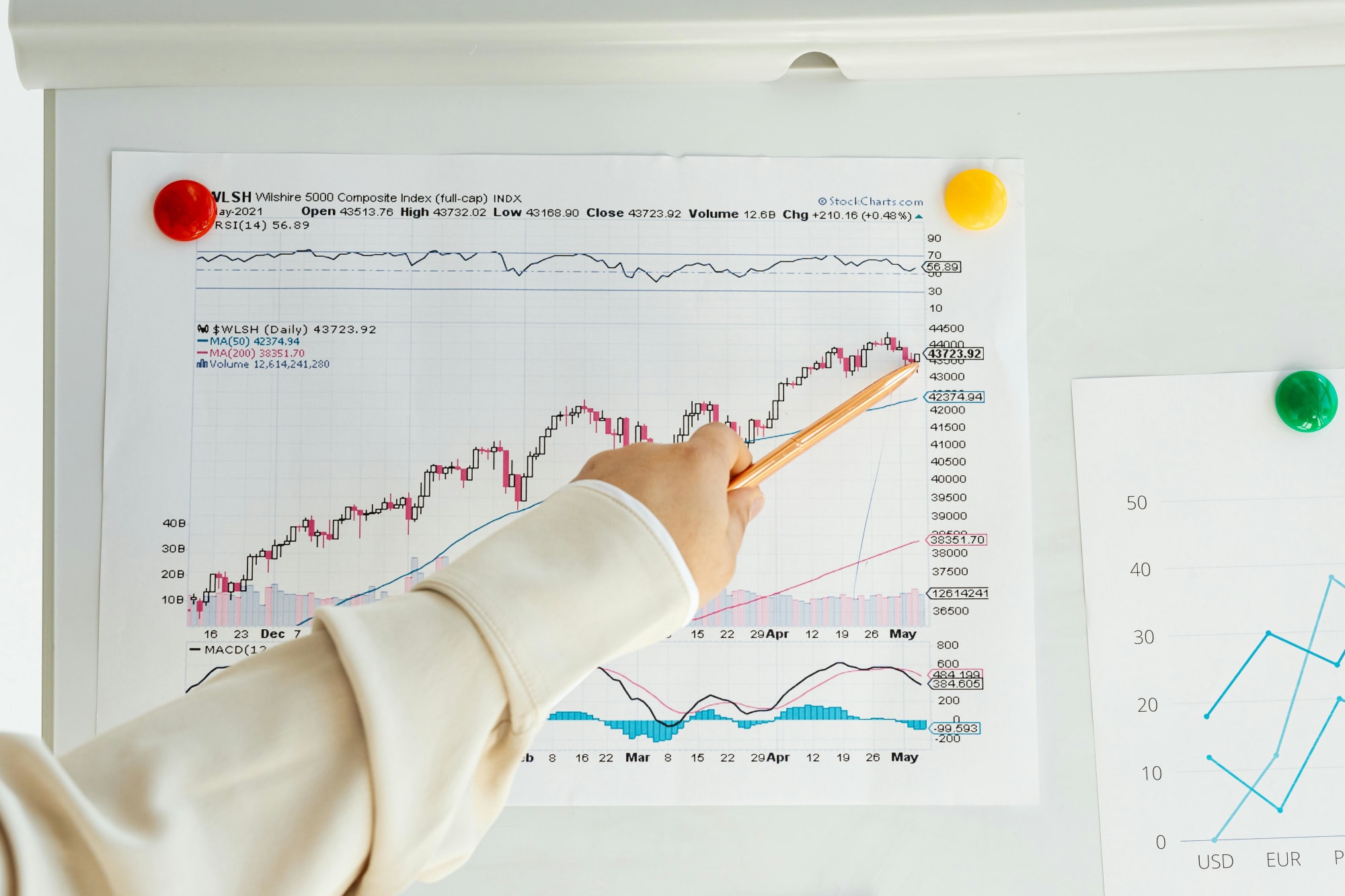Invest
‘Right size, wrong shape’ stimulus package
The announcement of the Morrison government’s $17 billion stimulus has been met with some criticism as a think tank labeled it “the right size, but the wrong shape”.
‘Right size, wrong shape’ stimulus package
The announcement of the Morrison government’s $17 billion stimulus has been met with some criticism as a think tank labeled it “the right size, but the wrong shape”.

According to The Australian Institute, the package is the “right size initial response, but the shape is wrong”, with the most effective form of stimulus making up less than a quarter of the total package.
The Australian Institute senior economist Matt Grudnoff believes the cash splash should have been focused at consumers instead of businesses.
“The Prime Minister asserted $3 in every $4 dollars of stimulus would go to business – it should be the other way round. Common sense and recent history tells us that businesses don’t spend when their sales are falling.”
“The best way to help Australian businesses right now is to get cash through the cash registers. Businesses with plenty of customers don’t lay off staff.”

“The most effective part of the package is the $750 to welfare recipients. We know people living on the brink spend any extra money they receive on essentials, and this will support demand in the economy,” Mr Grudnoff said.
While The Australian Institute has questioned the stimulus package, KPMG’s chief economist Dr Bendan Rynne has praised the stimulus package.
“KPMG believes that the government stimulus package was comprehensive, well targeted and represented a circuit-breaker to ensure that Australia does not descend into a more acute and protracted economic downturn due to businesses and households losing confidence,” Dr Rynne said.
The firm estimates that, assuming it is implemented in an optimal and efficient manner, it could add slightly over $20 billion to GDP in the next two years.
The consulting firms suggests there are two caveats to this – first, in order for the “Delivering support for business investment” components of the stimulus package to be implemented and successful, small-to-medium businesses will need to invest slightly more than $30 billion in the Australian economy over the next two years. This is a significant ask, especially in an uncertain domestic and global business environment.
Second, the impacts of the COVID-19 pandemic are unfolding in real time. If the pandemic turns out to be more acute and lasts longer than is currently anticipated, then the economic impacts may be significantly greater.
Overall, KPMG believes the economic impact will largely depend on consumer behaviour, which could be both a larger and prolonged risk than their modelling entalis.
“Despite evidence of households engaging in stockpiling behaviour that appears irrational and the recent heavy falls in financial markets, we believe the probability of the pandemic resulting in a full-blown panic scenario remains low.
“We anticipate governments have an opportunity to implement a range of policies that can assist with reducing uncertainty and minimise the chances of such a scenario materialising, as the Australian, US and UK governments did last week,” Dr Rynne concluded.
nestegg has previously reported the Coalition government's stimulus package.
About the author

About the author


Economy
RBA's hawkish stance reflects inflation concerns, State Street economist comments
In a recent statement, the Reserve Bank of Australia (RBA) has signaled a hawkish stance on interest rates, drawing insights from financial experts about the implications for Australia's economic ...Read more

Economy
Navigating the inflation maze: How CFOs can outsmart economic hurdles in Australia
Fresh inflation data have cooled expectations of near-term rate cuts in Australia, intensifying pressure on margins, capital allocation and demand. Rather than wait for monetary relief that may not ...Read more

Economy
Inflation concerns rise as Australia's CPI climbs to 3.8% in October
Australia's latest Consumer Price Index (CPI) figures have sent ripples through the economy, with headline inflation accelerating to 3.8% year-on-year in October, up from 3.6% in September. The data, ...Read more

Economy
October CPI results pose challenges for RBA’s monetary policy stance
In a surprising turn of events, the October Consumer Price Index (CPI) data has raised eyebrows among economists and market strategists, revealing stronger-than-expected inflationary pressures in ...Read more

Economy
Global deal activity declines by 6% amid economic uncertainty, reports GlobalData
In a year characterised by economic turbulence and evolving market conditions, global deal activity has witnessed a notable downturn during the first ten months of 2025. According to GlobalData, a ...Read more

Economy
Australia’s softening labour market puts another RBA cut in play — here’s what business should do now
A four-year high in unemployment has revived expectations the Reserve Bank could deliver another rate cut as soon as November. With quarterly GDP growth running at 0.6 per cent and annual growth at ...Read more

Economy
Rising CPI reinforces RBA’s stance as rate cut expectations remain: State Street
State Street Global Advisors says the Reserve Bank of Australia (RBA) is likely to hold its current policy outlook following the release of September quarter inflation data, which showed an unexpected ...Read more

Economy
NSW SES boosts tsunami preparedness ahead of World Tsunami Awareness Day
As World Tsunami Awareness Day approaches on 5 November, the New South Wales State Emergency Service (NSW SES) is ramping up efforts to enhance tsunami preparedness along the east coastRead more

Economy
RBA's hawkish stance reflects inflation concerns, State Street economist comments
In a recent statement, the Reserve Bank of Australia (RBA) has signaled a hawkish stance on interest rates, drawing insights from financial experts about the implications for Australia's economic ...Read more

Economy
Navigating the inflation maze: How CFOs can outsmart economic hurdles in Australia
Fresh inflation data have cooled expectations of near-term rate cuts in Australia, intensifying pressure on margins, capital allocation and demand. Rather than wait for monetary relief that may not ...Read more

Economy
Inflation concerns rise as Australia's CPI climbs to 3.8% in October
Australia's latest Consumer Price Index (CPI) figures have sent ripples through the economy, with headline inflation accelerating to 3.8% year-on-year in October, up from 3.6% in September. The data, ...Read more

Economy
October CPI results pose challenges for RBA’s monetary policy stance
In a surprising turn of events, the October Consumer Price Index (CPI) data has raised eyebrows among economists and market strategists, revealing stronger-than-expected inflationary pressures in ...Read more

Economy
Global deal activity declines by 6% amid economic uncertainty, reports GlobalData
In a year characterised by economic turbulence and evolving market conditions, global deal activity has witnessed a notable downturn during the first ten months of 2025. According to GlobalData, a ...Read more

Economy
Australia’s softening labour market puts another RBA cut in play — here’s what business should do now
A four-year high in unemployment has revived expectations the Reserve Bank could deliver another rate cut as soon as November. With quarterly GDP growth running at 0.6 per cent and annual growth at ...Read more

Economy
Rising CPI reinforces RBA’s stance as rate cut expectations remain: State Street
State Street Global Advisors says the Reserve Bank of Australia (RBA) is likely to hold its current policy outlook following the release of September quarter inflation data, which showed an unexpected ...Read more

Economy
NSW SES boosts tsunami preparedness ahead of World Tsunami Awareness Day
As World Tsunami Awareness Day approaches on 5 November, the New South Wales State Emergency Service (NSW SES) is ramping up efforts to enhance tsunami preparedness along the east coastRead more








